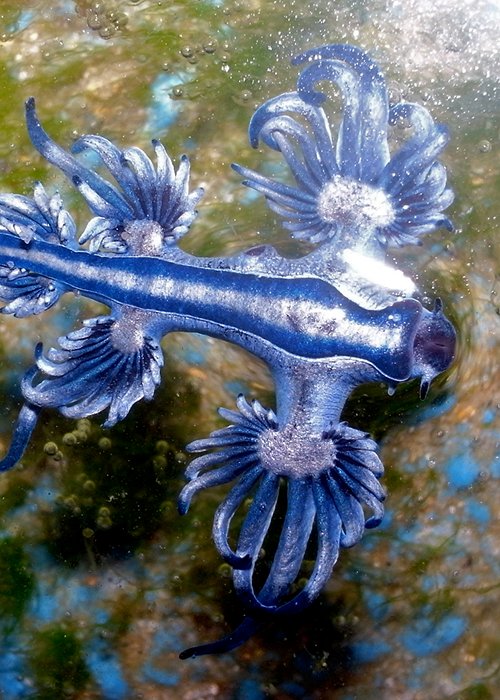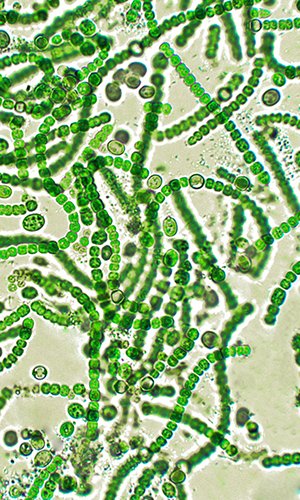Recently, several beaches in Spain have been forced to close due to the unexpected arrival of a fascinating yet dangerous creature: the blue dragon, scientifically known as Glaucus atlanticus. This small mollusc, no longer than 3 centimetres, is a nudibranch, a type of sea slug that usually inhabits tropical waters; its presence in the Mediterranean is a very rare event. The blue dragon has a striking, almost ethereal appearance, with an elongated shape and a body in vibrant shades of blue and silver that allow it to perfectly blend with the water surface. It has six finger-like appendages extending from its body. Despite its beauty, this mollusc is extremely dangerous to the touch. The source of its danger lies in its unusual diet. The blue dragon feeds on other venomous marine creatures, such as the fearsome Portuguese man o’ war. Once it has captured its prey, the dragon not only devours it, but also stores its potent stinging cells, known as nematocysts, within its own extremities. In this way, the blue dragon concentrates the venom, making it even more powerful than that of its prey. Contact with a blue dragon can cause extremely painful symptoms similar to those of a Portuguese man o’ war sting. The most common signs include severe pain, redness, skin inflammation, and in more serious cases, nausea and vomiting. For this reason, local authorities in Spain have decided to close the beaches to protect swimmers, warning them not to touch these molluscs under any circumstances, not even if they are found washed up on the sand. Although the precise reasons for their presence on Spanish shores are not clear, experts suggest that climate change may be a triggering factor. Rising ocean temperatures could push these animals to expand their habitat, bringing them into areas where they are not usually found. Their recent appearance serves as a reminder of the fragility of marine ecosystems and the unpredictable consequences of global warming.





